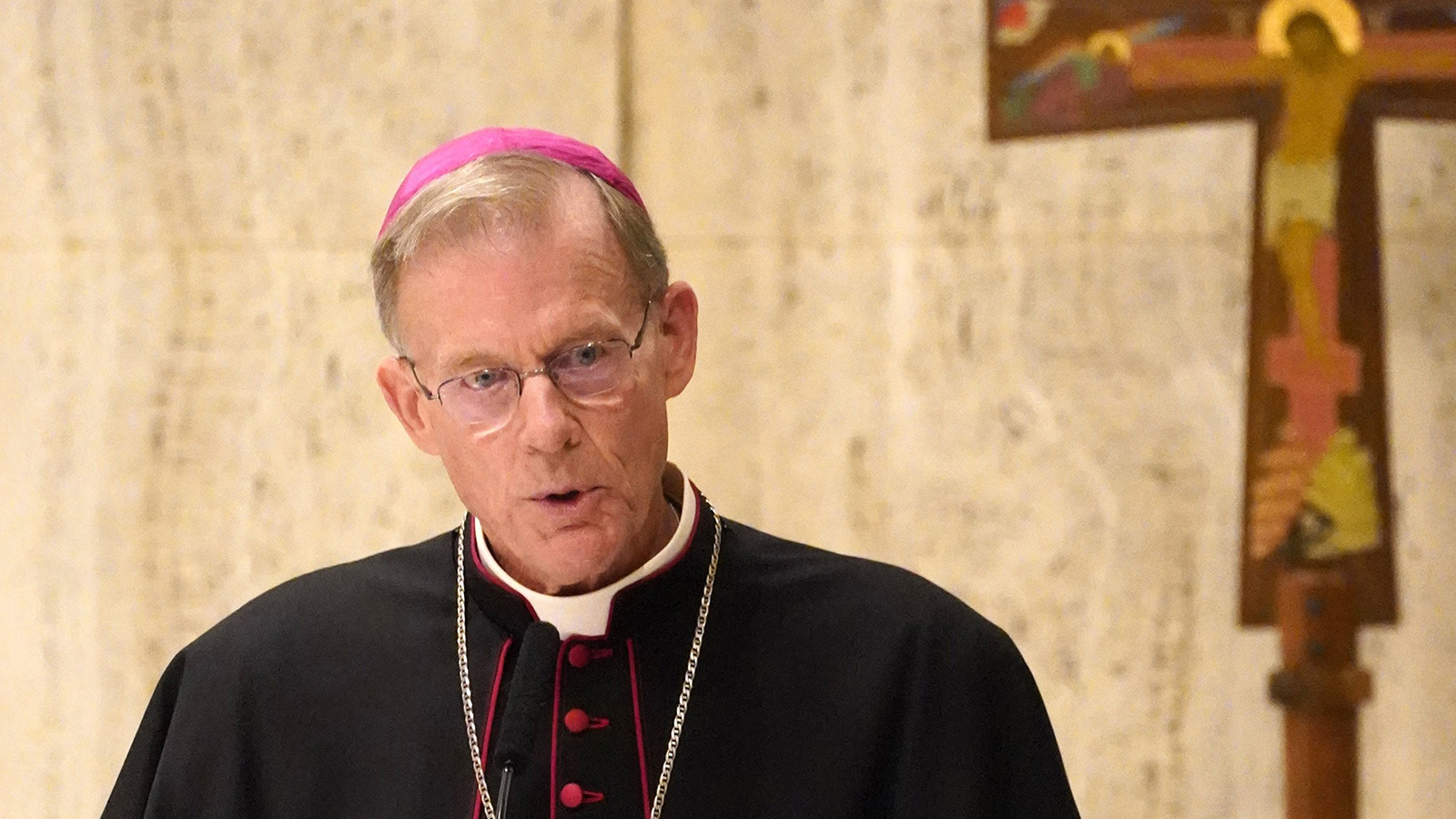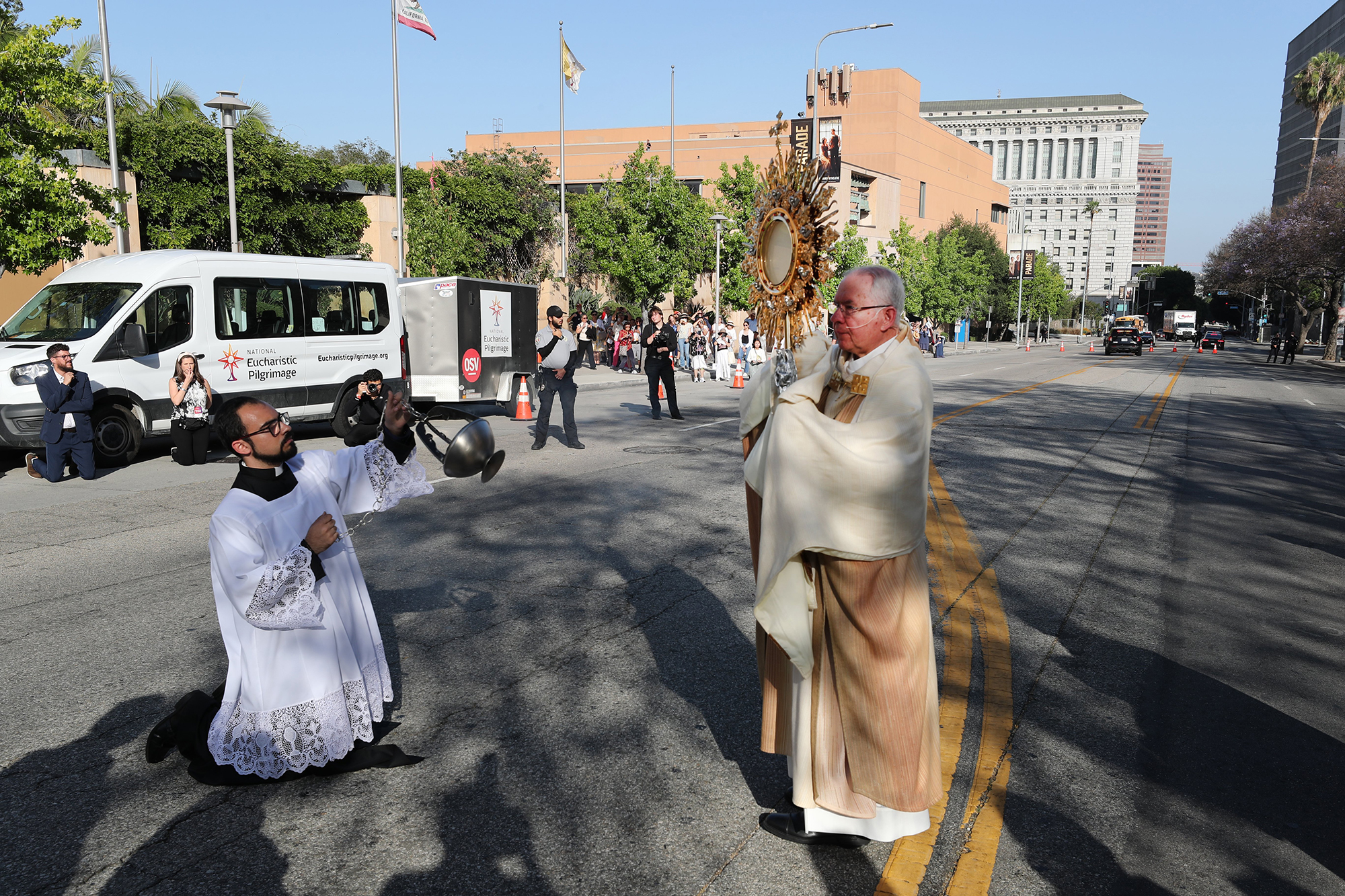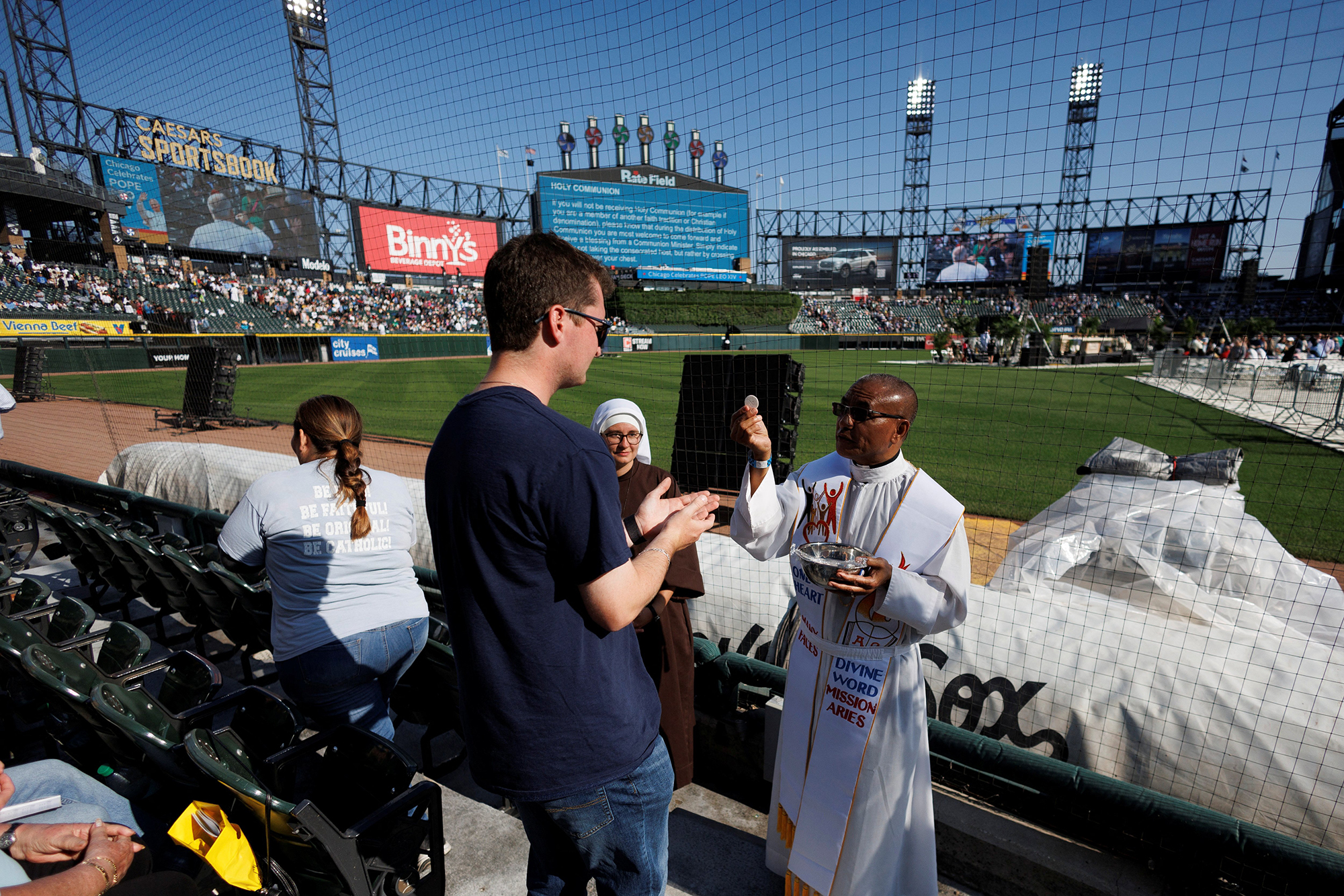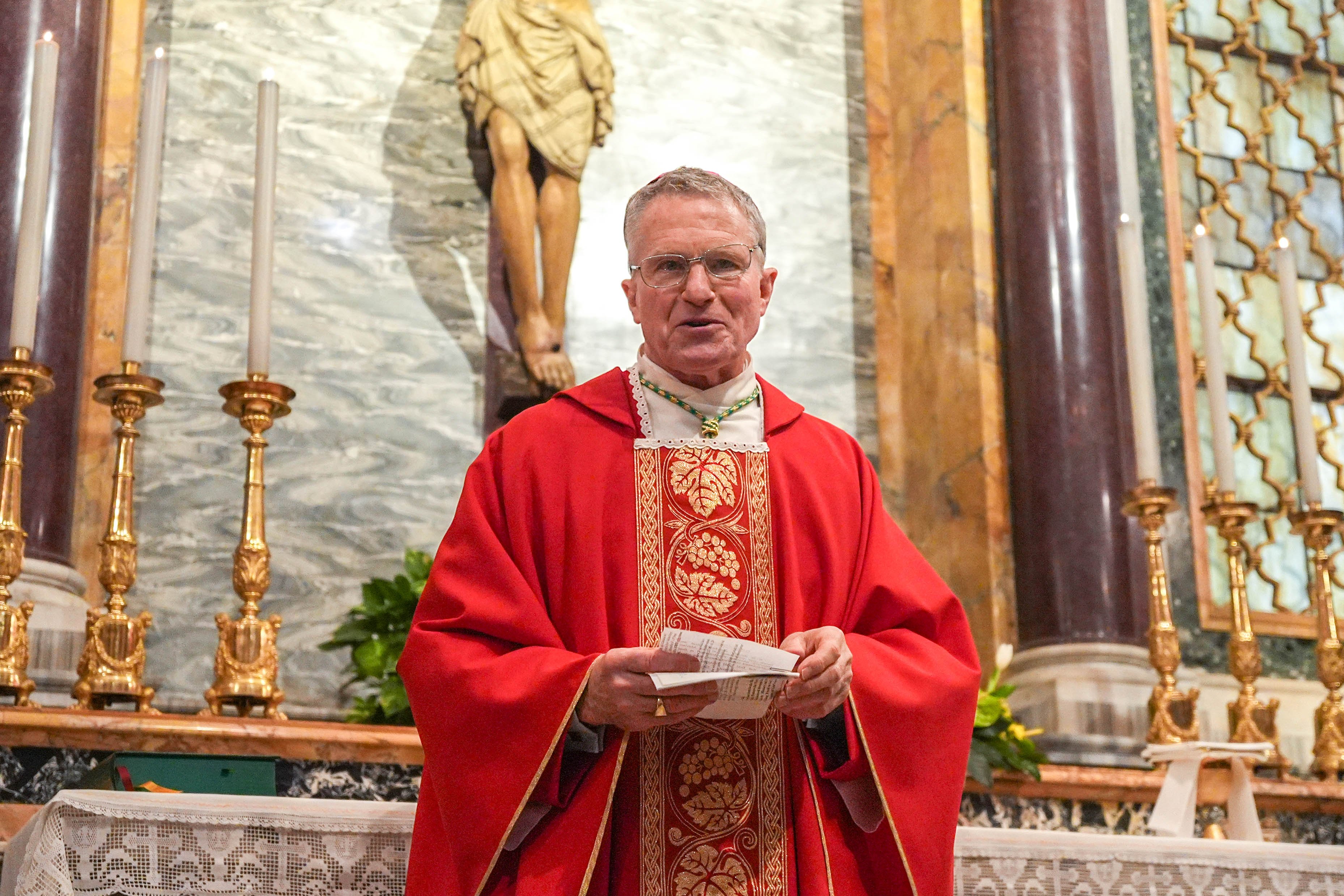Report gives insights into consecrated religious taking perpetual vows
Those who embrace consecrated life “bring the hope of the Gospel to the world in both visible and hidden ways,” said Bishop Earl A. Boyea of Lansing, Michigan, chairman of the U.S. Conference of Catholic Bishops’ Committee on Clergy, Consecrated Life and Vocations.
Bishop Boyea shared his thoughts in a Jan. 29 statement released by the USCCB ahead of the World Day of Prayer for Consecrated Life on Feb. 2, the feast of the Presentation of Jesus in the Temple. The day of prayer for women and men in consecrated life was instituted by St. John Paul II in 1997.
Along with Bishop Boyea’s statement, the USCCB also announced the release of a new report on men and women religious in the U.S. who professed their perpetual vows in 2024.
The annual survey is conducted for the bishops by the Center for Applied Research in the Apostolate at Georgetown University.
With responses from 75% of the U.S.-based institutes contacted by CARA, a total of 140 religious members — 73 sisters and nuns and 67 brothers and priests — participated in the survey. It represents a response rate of 72% out of the 194 identified men and women religious in the profession class of 2024.
The CARA data shows that a majority of responding religious orders — 81% — had no one profess perpetual vows in 2024.
According to CARA’s report, 91 women and 103 men professed perpetual vows in religious life in 2024, with an average age of 37. Their ages ranged from 25 to 69. Half of the respondents were aged 34 or younger.
CARA’s report on the 2024 profession class found that while on average respondents were 19 years old when they first considered religious life, almost three quarters — 73% — had earned an undergraduate or graduate degree before entering their religious institute.
At the same time, only 11% reported having their entrance to religious life delayed (generally by about three years) due to educational debt. On average, this group spent three years paying off more than $46,000 in educational debt. Family and friends were the most common form of assistance.
The CARA report also noted 82% of the respondents had prior work experience, largely in the fields of business, education and health care.
Most (84%) respondents said they had received encouragement from someone to consider religious life, generally a religious sister or brother (59%), friend (59%) or parish priest (38%). Over half (57%) also reported being discouraged from the prospect, with women (61%) more likely than men (43%) to experience such pushback.
Well over three quarters (78%) had participated in a “come and see” vocational discernment experience.
Regarding their habits of prayer before consecrated life, CARA found going on retreat was “the most common type of formative prayer experience” for four out of five. A similar number prayed the Rosary regularly before joining their religious institute. And seven out of 10 went regularly to eucharistic adoration.
The CARA report also found:
• The majority of respondents (92%) have been Catholic since baptism shortly after birth, with 92% having at least one parent who was Catholic, while for 87% both parents were Catholic;
• Almost all (97%) respondents were raised during their formative years by their biological parents, with 90% raised by a married couple living together, with 96% also having at least one sibling;
• Over half (64%) of the respondents listed their primary race or ethnicity as Caucasian, European American or white, with 14% identifying as Asian, Pacific Islander or Native Hawaiian; 11% as Hispanic or Latino; 6% as African, African American or Black; 5% as mixed race or other;
• Slightly less than three quarters (69%) of respondents were born in the U.S. with 12% born in Asia, 10% in Latin America and 6% in Africa.
To view the report on the 2024 profession class by the Center for Applied Research in the Apostolate at Georgetown University, visit stlreview.com/4aNHJyV
Subscribe to Read All St. Louis Review Stories
All readers receive 5 stories to read free per month. After that, readers will need to be logged in.
If you are currently receive the St. Louis Review at your home or office, please send your name and address (and subscriber id if you know it) to subscriptions@stlouisreview.com to get your login information.
If you are not currently a subscriber to the St. Louis Review, please contact subscriptions@stlouisreview.com for information on how to subscribe.





